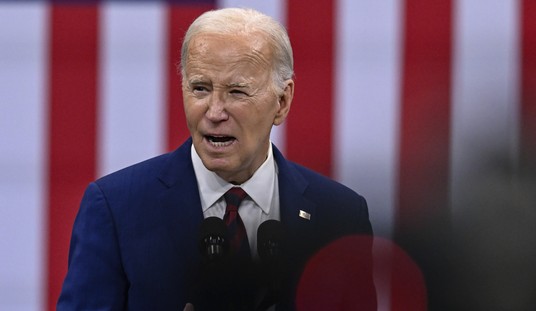President Kennedy proved the existence of the Laffer curve. When he came into office, Americans at the top end of the income ladder faced marginal tax rates in excess of 90%. Kennedy proposed tax cuts across the board - including marginal income tax rates, corporate rates, capital gains rates. And after JFK's tax cuts passed, tax revenue increased. As Diana Furchtgott-Roth, director of Economics21, writes:
Kennedy was one of the first presidents to articulate a supply-side theory. On Nov. 20, 1962, at a news conference, he said “It is a paradoxical truth that tax rates are too high and tax revenues are too low and the soundest way to raise the revenues in the long run is to cut the rates now ... Cutting taxes now is not to incur a budget deficit, but to achieve the more prosperous, expanding economy which can bring a budget surplus.”Kennedy’s tax cuts were not passed by Congress until after his death on Feb. 26, 1964, in the Revenue Act of 1964. The bill reduced the top marginal rate from over 90% to 70%. Tax revenues increased from $94 billion in 1961 to $153 billion in 1968, and the new rates led to a greater percentage of tax revenue coming from those making over $50,000 a year. Tax receipts from those making over $50,000 rose 57%, whereas receipts from those making under $50,000 rose 11%.
It's important to remember that the Laffer curve doesn't mean that cuts in tax rates always lead to higher tax revenue. It means that there's a breaking point at which the disincentives for labor are so strong that fewer people are working, contributing to the economy and reporting taxable income. 90% rates are clearly above that. It might not be the case that our current 39.5% top rate is above the peak on the Laffer curve. (That also doesn't mean that marginal rate cuts at the highest levels aren't a good idea - they might be if they make up for the revenue loss in long-term economic growth.)
Recommended
John F. Kennedy's presidency was an important one in many ways. The mainstream media typically celebrates his anti-communism and civil rights policies. But if we're going to celebrate President Kennedy, we should remember all of the good things he did, not just the ones the media wants us to remember.
None of this means that JFK was a "conservative," though. And for an important counterpoint on the MSM legacy of JFK, Dylan Matthews of the Washington Post argues that his presidency really wasn't all that great.

























Join the conversation as a VIP Member